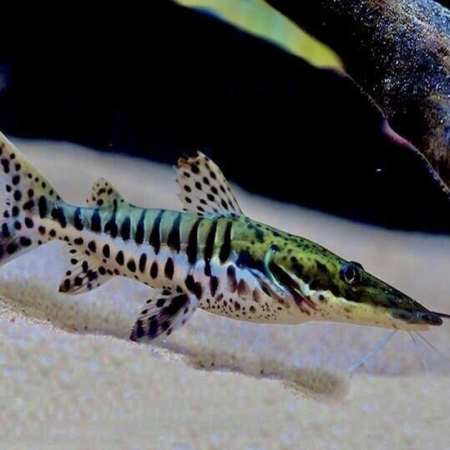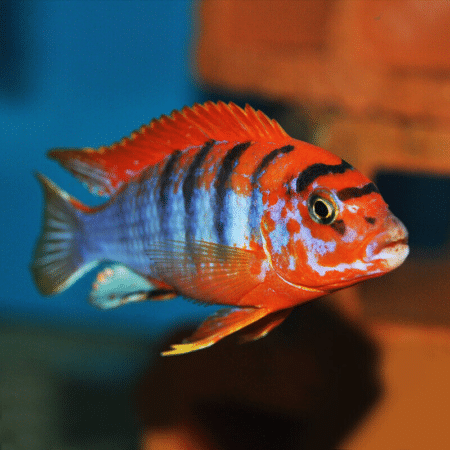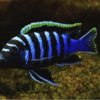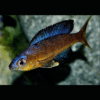-
×

-
×

-
×

-
×

-
×

-
×

-
×

-
×

Subtotal: £296.34













Emily Carter (verified owner) –
I recently added the Golden Mbuna Cichlid to my aquarium, and I couldn’t be happier! These vibrant fish are not only stunning to look at, but they also bring a lively energy to my tank. After about two weeks, I noticed how well they acclimated; they are very active swimmers and love to explore their environment. I’ve kept various Malawi cichlids before, but the Auratus truly stands out with its striking yellow and black coloration. I’ve set up plenty of hiding spots with rocks and caves, which they utilize beautifully. One minor concern is that they can be a bit territorial, especially during breeding season, so monitoring their interactions is a must. Overall, I would highly recommend these cichlids to any hobbyist looking to enhance their aquarium with a dynamic species. They thrive best in a well-maintained tank with similar-sized fish. Shipping was quick, and they arrived healthy, which shows the supplier cares about fish welfare. I would definitely purchase again!